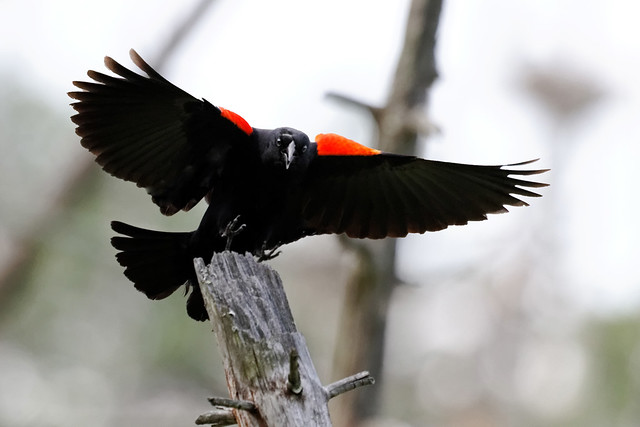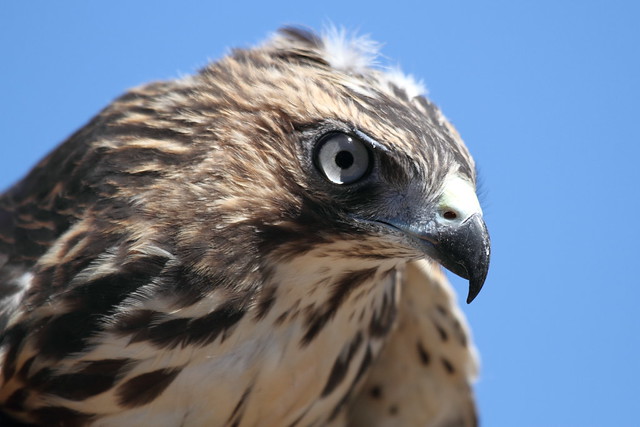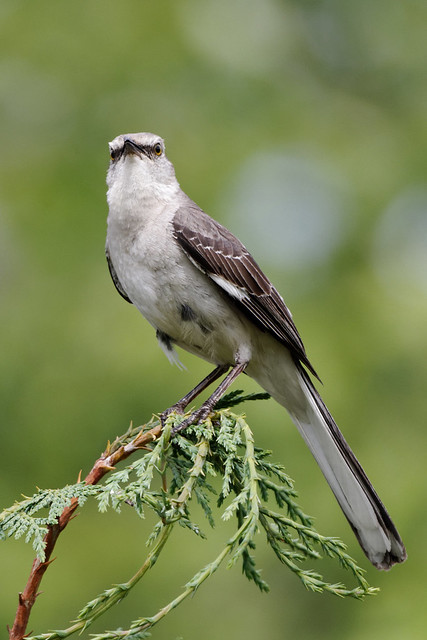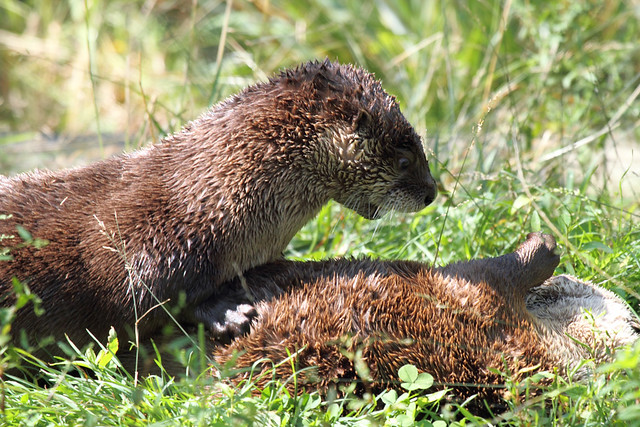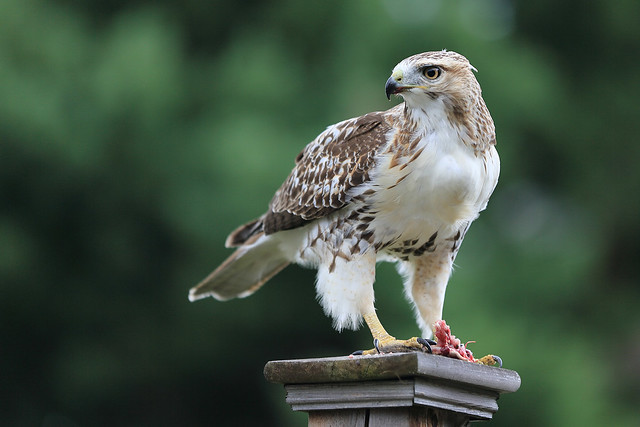After moving on from my first DSLR the Rebel XTi, I got the 7D and 100-400. I think the 100-400 would be the best lens for you. The 400 prime's advantage comes in shooting BIF with a high enough shutter speed to negate the benefits of IS. Otherwise the zoom is the best for everything else IMHO. My copy of the 100-400 was very sharp at 400 and compared well to my new version two copy. The version two showed its advantage with the 1.4TC attached and other areas like IS but not in centre sharpness at 400.
If you can get used 100-400 for $500 vs $800 for the prime I'd go with the zoom everyday of the week
If you can get used 100-400 for $500 vs $800 for the prime I'd go with the zoom everyday of the week
Upvote
0

